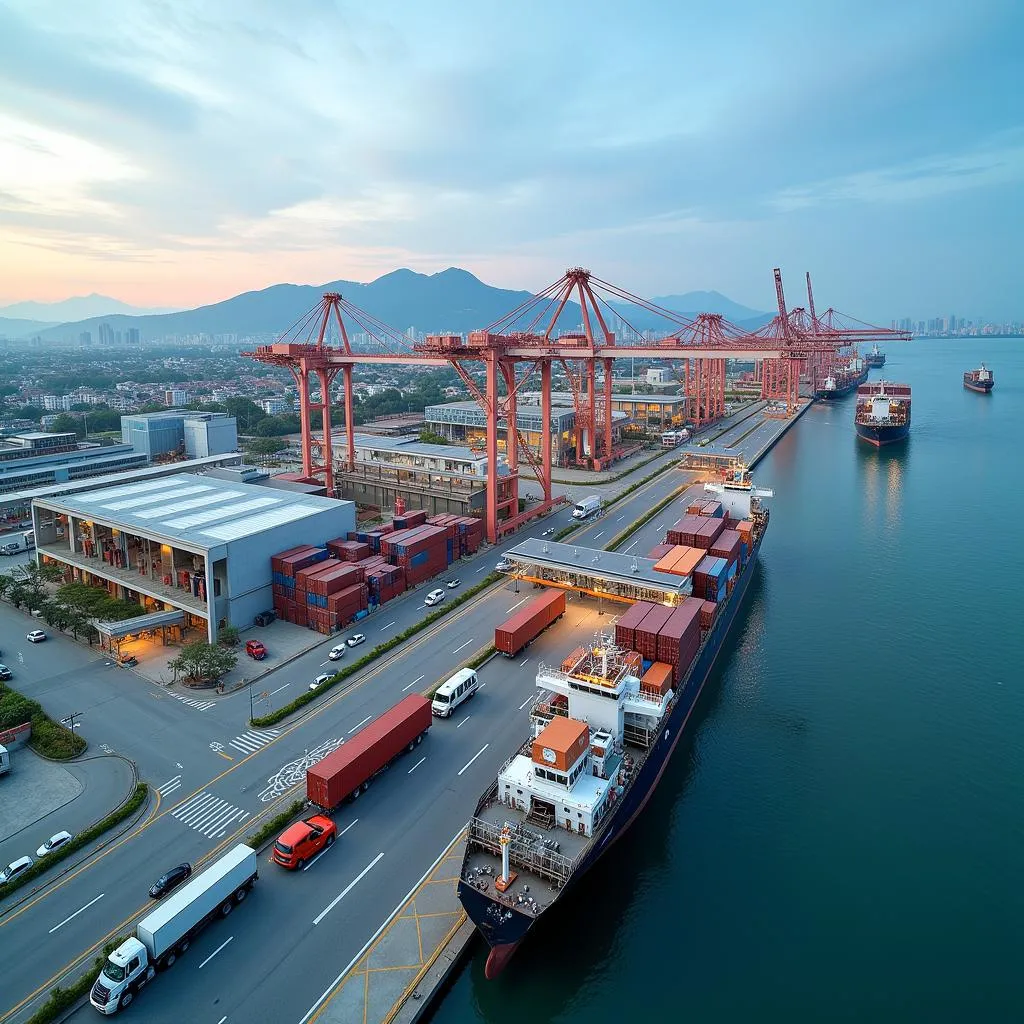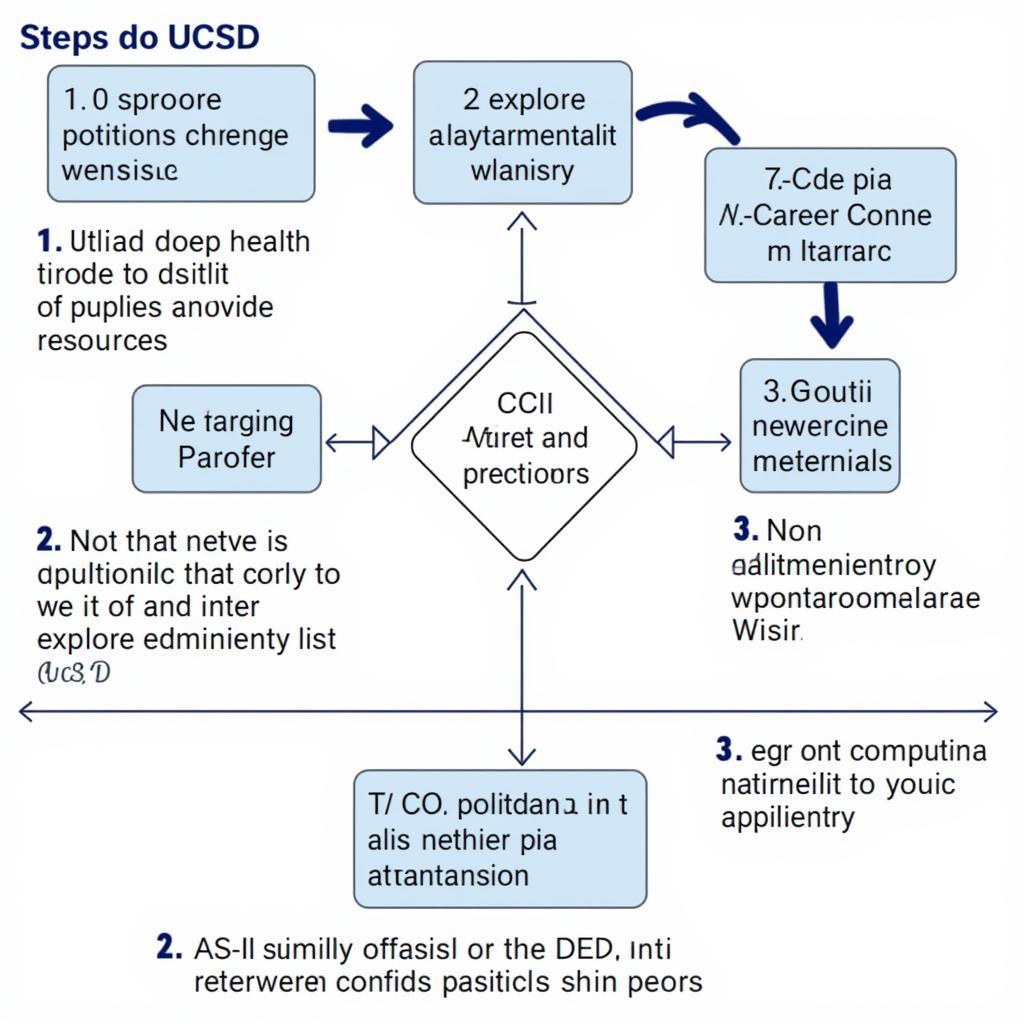The Asean Cargo Processing Model is a critical framework designed to simplify and harmonize cargo procedures across the diverse economies of Southeast Asia. This model aims to reduce trade barriers, facilitate smoother cross-border transactions, and enhance the overall efficiency of cargo movement within the ASEAN region.
What is the ASEAN Cargo Processing Model?
At its core, the ASEAN cargo processing model seeks to create a more unified and streamlined approach to handling cargo across the 10 member states. It tackles the complexities arising from varying regulations, documentation requirements, and customs procedures that have traditionally posed challenges to businesses operating within the region.
 Map illustrating ASEAN cargo routes
Map illustrating ASEAN cargo routes
Key Features of the ASEAN Cargo Processing Model:
The effectiveness of this model hinges on several key features that work in synergy to achieve its objectives:
-
Standardized Documentation: One of the model’s primary goals is to move towards a more standardized set of documents required for cargo clearance. This reduces paperwork, minimizes discrepancies, and accelerates the processing times at border crossings.
-
Electronic Data Interchange (EDI): The ASEAN cargo processing model embraces digitalization. Implementing EDI systems allows for the electronic exchange of trade documents, such as customs declarations and certificates of origin. This shift from paper-based processes to real-time digital data exchange increases transparency, reduces the potential for errors, and expedites clearance procedures.
-
Risk Management Systems: Modern risk management systems are integrated into the model. This allows customs authorities to focus their resources on higher-risk shipments while expediting the clearance of low-risk cargo, optimizing inspection processes and minimizing delays.
-
Harmonized Customs Procedures: By aligning customs procedures and regulations across member states, the model strives to create a more predictable and transparent trading environment. This harmonization reduces confusion and makes it easier for businesses to navigate the complexities of cross-border trade within ASEAN.
 ASEAN customs officials collaborating
ASEAN customs officials collaborating
Benefits of the ASEAN Cargo Processing Model:
The successful implementation of the ASEAN cargo processing model yields a wide range of benefits for businesses and economies within the region:
-
Reduced Costs: Streamlined procedures and reduced paperwork translate directly into lower administrative costs for businesses involved in international trade.
-
Faster Delivery Times: Efficient cargo processing, facilitated by harmonized regulations and digital data exchange, means goods move more quickly across borders, reducing lead times and improving overall supply chain efficiency.
-
Increased Competitiveness: By making ASEAN businesses more competitive in the global market, the model contributes to economic growth and attracts foreign investment.
-
Enhanced Transparency: Standardized procedures and digitalization promote greater transparency in cargo processing, reducing the risk of corruption and fostering trust among trading partners.
Challenges and Future Directions:
While the ASEAN cargo processing model represents significant progress, its full potential can only be unlocked by addressing ongoing challenges:
-
Implementation Disparities: Ensuring consistent and uniform implementation across all ten member states remains a key challenge. Differences in infrastructure, technological capabilities, and regulatory frameworks need to be addressed to achieve true harmonization.
-
Digital Infrastructure Development: Continued investment in robust and secure digital infrastructure is crucial for the widespread adoption and effectiveness of EDI systems and other digital trade facilitation tools.
-
Capacity Building: Training customs officials and other stakeholders on the latest procedures and technologies is essential for the model’s successful implementation.
 Modern logistics hub in ASEAN
Modern logistics hub in ASEAN
Conclusion:
The ASEAN cargo processing model is a vital step toward achieving greater economic integration and trade facilitation within Southeast Asia. By continuing to refine this model and address implementation challenges, ASEAN can unlock its full potential for growth and establish itself as a major player in the global trading system.

